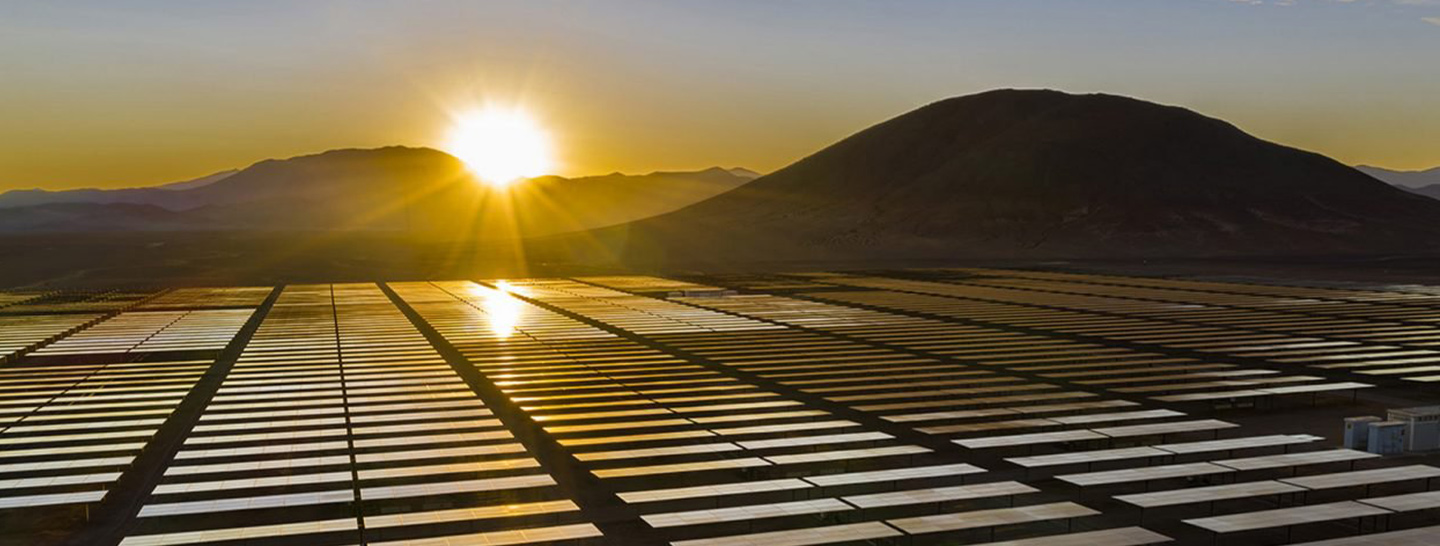In Enel X’s 2021 Energy Market Outlook, our energy market experts offer insight into a wide variety of national and regional topics to help organizations plan for the coming year. The white paper includes sections on the Biden Administration, COVID-19, renewable energy, energy storage, electric vehicles, EV charging, and US natural gas, as well as regional outlooks for California, Texas, the Midwest, the Mid-Atlantic, New York and New England.
Below, we’ve included executive summaries and key takeaways from several sections of the Outlook. Download the full 2021 Outlook here to learn more!
The Biden Administration and Energy Markets
The Democrats maintained control of the House and won control of the White House and the Senate. However, Democrats will have the thinnest of margins in the House and Senate, where Vice President-elect Kamala Harris will break 50-50 ties. Nevertheless, Democrats will control the committees and the legislation and nominations brought to the floor. That advantage will pave the way for at least some elements of Mr. Biden’s agenda.
Biden’s climate plan is built around the goal of fully decarbonizing the power mix of the United States by 2035, an intermediate milestone on the path to the ultimate target of national net-zero emissions by 2050.iii Even with Democratic control of the Senate, most policy analysts agree that the substantial climate and energy legislation necessary to meet this overarching goal is unlikely to pass through Congress, since most major climate bills will require 60 votes to pass the Senate.
However, there are still several avenues through which Biden can incrementally shift energy policy in the direction of net-zero carbon emissions.
COVID-19 and Energy Strategy
The COVID-19 pandemic affected communities, markets, and supply chains throughout the world in 2020. US energy markets were no exception, as the pandemic caused lower demand. Further, the geo-political battle between Russia and Saudi Arabia, alongside reduced global demand from the economic slowdown, resulted in many commercial and industrial businesses altering operations, shifting to a virtual working environment and, in some cases, non-essential businesses (restaurants, bars, gyms, theaters, etc.) shutting down entirely for extended periods. The rollout of vaccines has created hope for a return to normalcy, but as 2021 begins commercial and industrial businesses will still be facing the same challenges as they did in 2020.
As organizations continue to find ways to adapt to COVID, energy managers should ensure their energy strategies are aligned with their new ways of operating. End users can manage energy procurement and costs through this pandemic by focusing on two drivers: consumption (kWh) and demand (kW). Looking forward, energy demand is expected to gradually rebound in tandem with the economy, likely reaching parity with pre-COVID levels by late 2021.
Renewable Energy in 2021
Renewable energy capacity additions in the United States nearly doubled in the first half of the year compared to 2019, and despite delays caused by the COVID-19 pandemic, additions for 2020 are expected to exceed 2019 (29GW vs 22GW). These additions were partly due to developers rushing to complete projects prior to the step down in the production tax credit (PTC). But they also represent increased demand from state regulators, utilities, and corporations. Each of these groups are recognizing the risk associated with climate change and their role in the energy market.
We expect renewable energy markets to continue to gain momentum in 2021. Accessibility to liquid wholesale energy market products, declining costs, and improved risk management tools will attract both new and existing buyers. As more organizations define their sustainability goals, purchases of renewable energy provide clear evidence of their commitment to sustainability to customers, employees, and investors, and will continue to be an important component of their energy strategy.
Electric Vehicles and Smart Charging Infrastructure
Despite the shocks brought on by the pandemic, electric vehicles continued to increase their market share in 2020. EV sales remained steady within the United States, and more states took action on transportation electrification. Sales are forecasted to continue increasing in 2021, with many widely anticipated new models arriving.
2021 will see more EV-related regulatory and legislative action at the state and federal level, with some states following California’s lead in banning gas-car sales. Green job growth will continue as automakers expand their pledges to increase electric car and truck sales, and smart charging will continue to be the standard for EV drivers in the US as most charging will continue to occur at home, and workplace charging will continue to see growth as workforces return back to offices and facilities
The US Natural Gas Outlook
The US natural gas industry has grown remarkably in the last decade from relying on LNG imports to having abundant natural gas resources, and companies have seen a major shift in supply and demand along the way. 2020 saw a slight decline in domestic natural gas demand due to impacts from the pandemic, but demand is expected to rebound in 2021 and increase through 2025.
The demand shock of the pandemic took a notable toll on the oil and gas exploration and production industry, and as the sector emerges it will be important for those purchasing natural gas to keep an eye on several market indicators. With the damage done to domestic production amid building 2021 demand, prices will likely increase for end consumers in 2021 .
To read more about these and other topics, download the full 2021 Market Outlook here!








